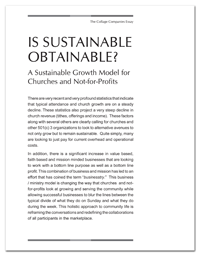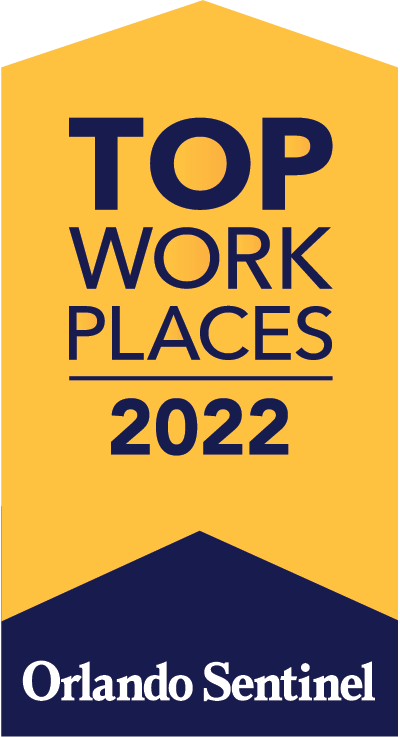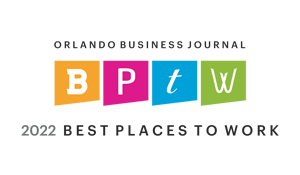Is Sustainable Obtainable?

A Sustainable Growth Model for Churches and Not-for-Profits
There are very recent and very profound statistics that indicate that typical attendance and church growth are on a steady decline. These statistics also project a very steep decline in church revenue (tithes, offerings and income). These factors along with several others are clearly calling for churches and other 501(c) 3 organizations to look to alternative avenues to not only grow but to remain sustainable. Quite simply, many are looking to just pay for current overhead and operational costs.
In addition, there is a significant increase in value based, faith based and mission minded businesses that are looking to work with a bottom line purpose as well as a bottom line profit. This combination of business and mission has led to an effort that has coined the term “businesstry.” This business / ministry model is changing the way that churches and not-for-profits look at growing and serving the community while allowing successful businesses to blur the lines between the typical divide of what they do on Sunday and what they do during the week. This holistic approach to community life is reframing the conversations and redefining the collaborations of all participants in the marketplace.
Is there a problem?
Let’s look at current challenges and see how then can become positives for growth.
To address the need for sustainability and growth specifically in churches and not-for-profits we must also understand the reality of pros and cons the existing resources.
First, it is not uncommon that, with the best of intentions and with the best planning at the time, a church has acquired land that is being under utilized and has constructed facilities that are being unused for most of the week. These assets have become liabilities due to operational costs and maintenance requirements.
Second, as the demographics change and baby boomers (who are retiring at a rate of 10,000 per day) begin to live on a more fixed income, regular giving to churches and ministries will significantly decline. Statistic show that the new millennial (18-35) generation does not have the income of their parents and are more inclined to give to causes other than churches. This will further cause a decline in church revenue.
What are the answers?
The answers may sound complicated but they can actually be quite simple. However, they do require a new perspective and a new partnership between church leaders and business leaders in the church. (Businesstry!)
The answer to the first problem is found in the example shown in scripture in the Parable of the Talents when the one steward buried the talent that God had given him and found his fear was displeasing to God. Not utilizing a piece of land (an asset /talent) for five, ten, fifteen, or even twenty years is not good stewardship. This is especially true if that asset could provide for all or a portion of the church expenses on an annual basis. More importantly, it is not good stewardship if that asset/talent could provide service and be a conduit to share the Good News in the community!
The answer to the second problem is also found in scripture when it is said that we are all part of one body or when the church in Acts shared as family. If a church or not for profit could provide a way for its members to be a more integral part of the church by “investing” in its future and growth and allowing for a “return on” or a “multiplication of” their talents, it would create an avenue for income for this growing population of baby boomers at a time when they are most concerned with having enough resources to live out their lives without additional financial concern.
The answer to these challenging questions is based on overcoming the worlds scarcity mentality and trusting in the endless provision in God’s win-win-win economy. This is not a “get rich quick” mentality but a steady plodding and multiplying of God’s talents mentality.
Here is the current opportunity:
Due to the great change that is taking place in our culture and in the church today, there is a great need and a great opportunity. (See the book The Great Emergence by Phyllis Tickle.)
The need for churches is, quite simply, sustainability.
The opportunity for business is the ability to use certain “hidden/buried talents” represented as undeveloped land as a equity contribution to a development project for a needed service in the community such as senior housing, student housing or a day-care center. This contribution of land/equity creates the potential of a reduced cash equity required by a developer to meet the needs of a lender to construct the project.
How does this really work?
Let us use a couple of examples of how this could work for a church or not-for-profit. First, we need to establish a few parameters.
- This will not work for every organization.
- Both the church and the business need to bring something to the table. (Remember, this is a not a free ticket or pot of gold for anyone!)
- There must be a common goal as well as total transparency, honesty and integrity in all the players involved.
Example for a Typical Sustainable Project (Senior or Student Housing or Day-Care)
Sample Project Description: A 50,000 SF facility with a cost of $150/SF or a total cost of $7,500,000 to be constructed on five acres of property that is currently owned by the church with no existing debt and without significant site or permitting issues. The facility would be operated by an established independent entity with experience in facility and staff management. An annual budget would be established and approved by a board made up of churches representatives and business representatives to include all expenses (loan, interest, insurance, G&A, etc.) as well as a projected budget for revenue from services provided. A projected profit sharing plan would be budgeted based upon net profits on an annual basis and a sharing percentage would be discussed and negotiated between the church and the business entity based on contributed equity from land and internal investors.
Specifically, a Senior Housing model could work like this:
- The church sells the unused land outright or leases the land to the Developer/Owner. Church receives a single lump sum payment for the land purchase or annual payments for the land lease.
- The church enters into an affinity agreement to provide volunteer ministry support to the residents of the community, to promote the project in the community, and to use its community influence to market and promote the project. In recognition of the church’s commitment, the church receives a stipulated percentage of the net operating income from the project. As long as the church continues to provide the affinity agreement services, it would receive the annual payment for those services.
- In addition to 1 and 2 above, there is the opportunity for individual investors to participate via contribution of equity (which receives a preferred percentage return) and/or the equity investor can take a minority ownership interest in the project (which receives value of appreciation of asset and distribution of net profits until capital event at which time the equity investment can be paid off). Typically, the first capital event occurs approximately 36 months from the completion of the project, at which time the asset is refinanced and profits are distributed. The second capital event occurs approximately three years later.
Senior Housing provides significant opportunity for sustainable profit. Although many other factors, such as the value of the land contribution, the total investment amount from internal investors, and the projections of operating c
ost, revenue and return on investment, must be taken into consideration, this is a “win-win” principal that can allow a sustainable project to be obtainable.
This is the big principle:
The unused asset of the church (a buried talent), when combined with potential internal investors (an opportunity to bless others), creates equity (real value) for the church, which then creates a more attractive investment opportunity for a business partner to develop an income producing project that will provide annual cash flow, a financial return and an appreciating asset for future growth.
What is stopping you?
What stops most churches and not-for-profits from moving forward into a new perspective is fear. Fear is not the opposite of but the absence of faith. Faith starts with hope and must progress with trust. If you don’t trust that this idea will work, or if you can’t completely trust the team you are working with, this idea will never get off the ground and it will never really work successfully for both parties. If it doesn’t work for both parties, it doesn’t work. There are many practical reasons why the sustainability model may not work. For instance, if a church’s land lacks significant value, it will not offer a greater opportunity to a prudent business partner than any other piece of land. If there is no market demand for the project that you want to build, there will be no reason to build. There are many reasons why your project could or could not work, but all of those reasons will be revealed with proper analysis and due diligence. But first, it starts with trust.
What are my next steps?
In order to determine the next steps the answer is, once again, very clear in scripture. Pray, seek and knock. The leadership team should pray steadily for direction and look for the right project and the right partners (remembering to be equally yoked). Then it needs to do some knocking — take action to move forward.
For more information, specific next steps, or a detailed proforma on various building types, please contact Brian Walsh at bwalsh@collage-usa.com or Lee Corcoran at lcorcoran@collage-usa.com.
Download a printable copy.



